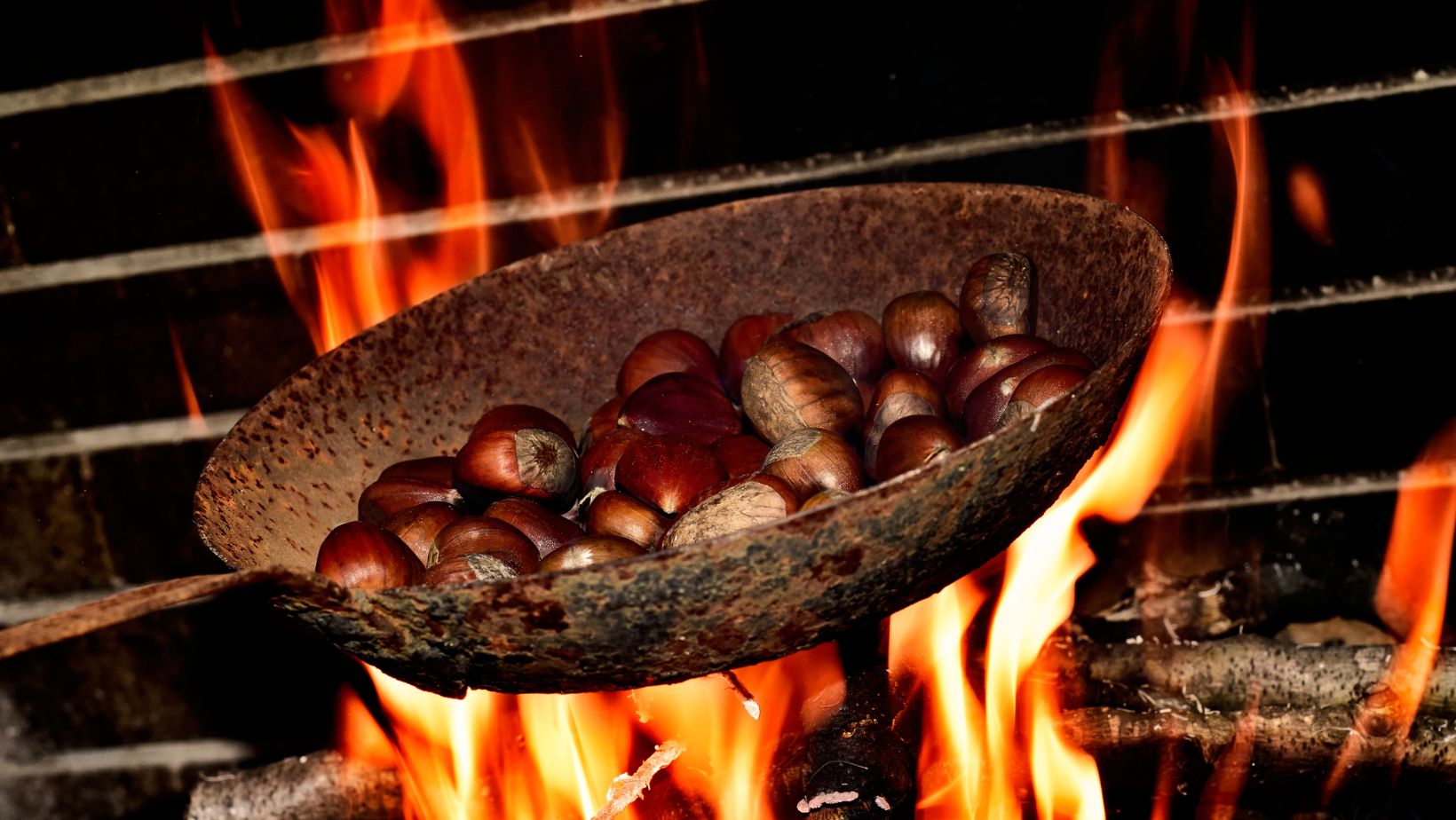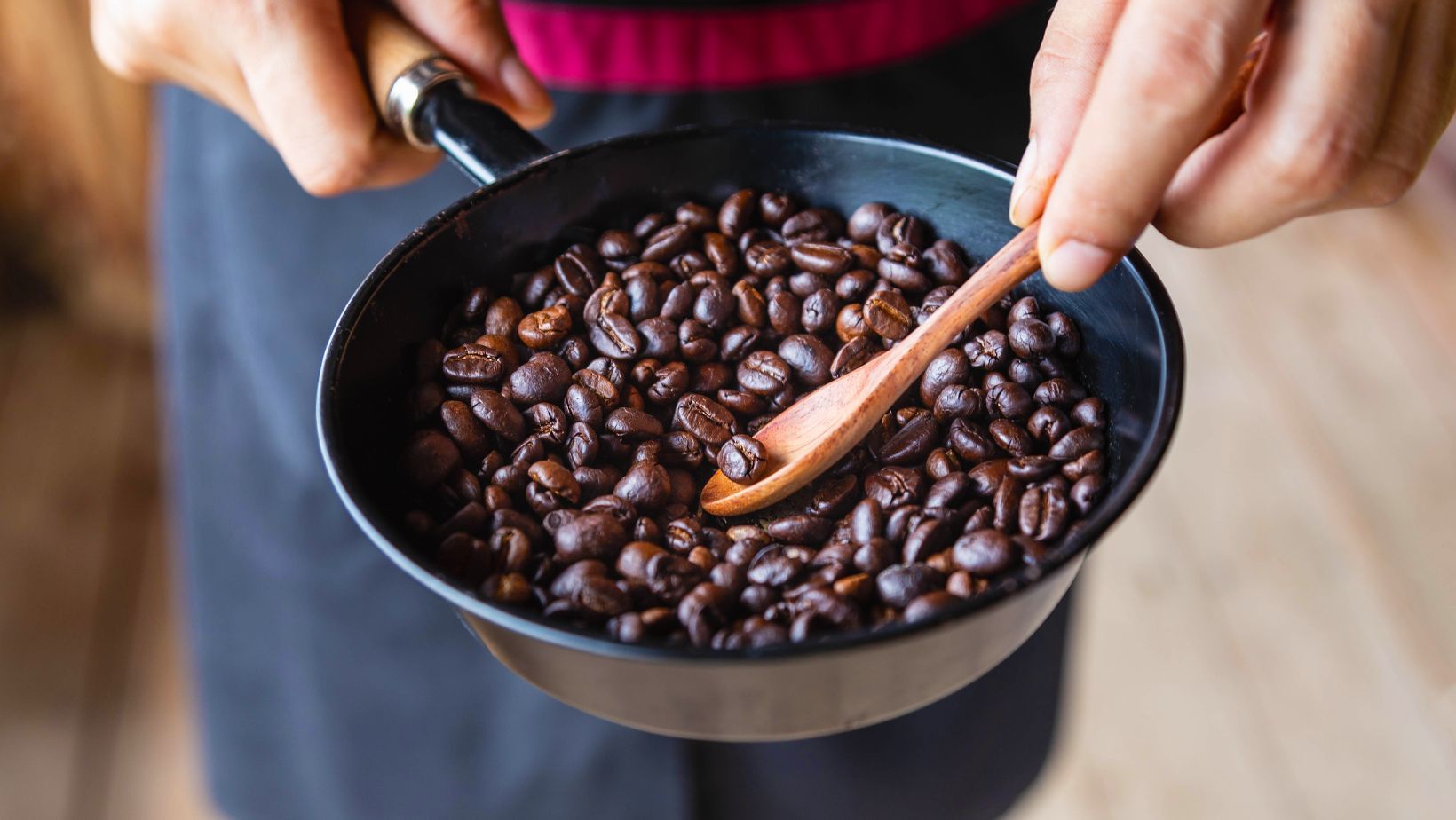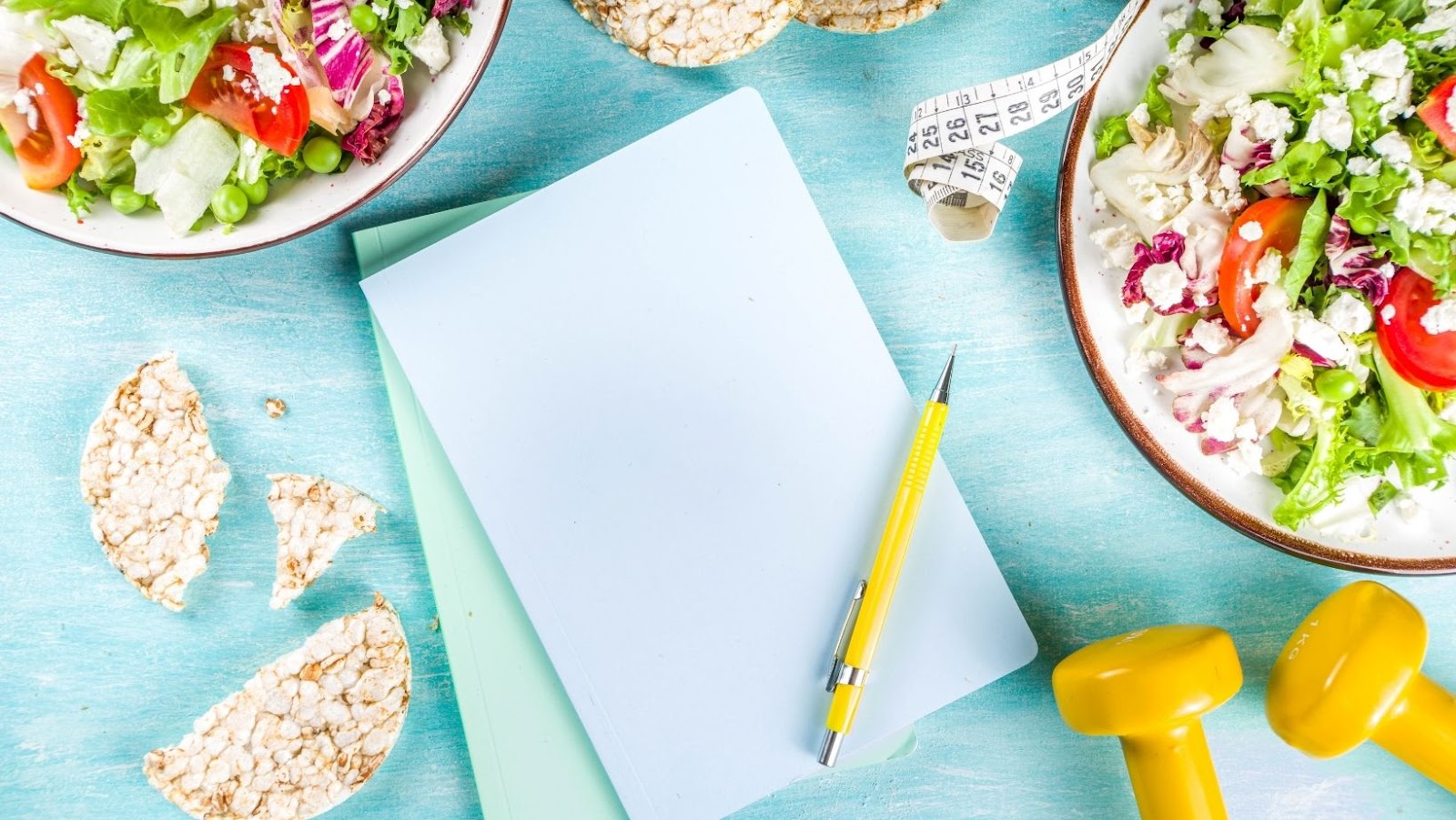How do you use a roasting pan with a lid?

How do you use a roasting pan with a lid?
Everyone knows the joy of roasting something delicious in the oven, but not everyone knows the added convenience of using a roasting pan with a lid to do it! In this blog post, I’m going to take you through some tips and tricks for using a roasting pan with a lid so that you can make the most of this great kitchen tool. So, preheat your oven and let’s get started!
 What is the purpose of a lid in the kitchen?
What is the purpose of a lid in the kitchen?
Using a roasting pan with a lid is one of the most effective ways to cook meats and other dishes with moist heat. The lid traps the moisture inside and ensures that the flavorful juices remain in your meal. In addition to poaching, braising or steaming, using a lid on your roasting pan helps keep meat tender and prevents it from drying out.
The primary purpose of using a roasting pan with a lid is to retain all of the naturally occurring flavors and moisture within, resulting in moist, juicy food each time. Furthermore, when used for slow cooking involving braising or steaming, the added heat will help tenderize tougher cuts of meat like beef chuck or stew beef. Additionally, when used with less-expensive cuts such as pork shoulders or beef brisket these cooking methods can create more flavorful meals than traditional roasting alone.
A second advantage to using lids in the kitchen is increased safety while cooking. Since lids are usually made of glass or stainless steel they are less prone to catching fire during cooking than unprotected pans making them safer for more intense culinary applications like browning and searing meats at high temperatures. As an added bonus they also help trap splattering grease keeping your kitchen counters clean during cooking while reducing mess up injuries. Since lids are usually oven safe up to 500 degrees Fahrenheit you can finish off some meals with crispy high-heat roasted characteristic without worrying about rubbing off any seasonings onto an unprotected surface resulting in potential flare ups and potential physical harm caused by splattering grease or burning skin.
Is it true that covering food cooks it faster?
Covering food with a lid can significantly reduce cooking time, as the lid traps heat and steam that is created during the cooking process. The trapped heat and steam is then circulated back into the pan or oven, ultimately creating an environment where food cooks faster. This method of cooking also retains all of the flavor in the food as none of it can escape while being cooked. However, it should be noted that some foods need to be uncovered in order to brown or crisp correctly.
When using a roasting pan with a lid, follow all directions for the particular recipe. Generally, roasting pans should be preheated before use to ensure even cooking throughout. Many recipes call for placing food directly onto an uncovered roasting pan and then covering it with a lid after it has been placed into an oven so that steam is not released during preheating. This will prevent food from getting dry and help to keep moisture sealed in for added flavor. For larger cuts of meat, some recipes suggest uncovering during the last 10 minutes of cooking so that the item can gain color without overcooking.
I’m not sure if I should cook my pork roast covered or uncovered
Deciding whether to cook with the lid on or off is a personal choice based on the desired outcome. Most roasting pans are designed to be used with a lid. If you are roasting a large cut of meat, such as pork, or if you want to keep moisture in the pan and produce a juicier roast, it’s generally best to use the lid for most of the cooking time. Additionally, it’s important to make sure that your roaster lid fits securely and that it can handle high oven temperatures.
If your goal is maximum browning and crispy skin and/or there’s an excess of liquid accumulating in the bottom of your pan during cooking, then you may find it helpful to remove the lid for part of your cooking time. Cooking without a lid will also prevent excess condensation forming on top of your roast which can cause sogginess and loss of flavor over time during cooking.
It’s important to note that if you remove the lid while cooking, you may need to increase the oven temperature slightly so that you end up with an evenly cooked roast at the end of your chosen timing period. To add more flavor while keeping moisture in your pork roast, consider basting with butter, oil or broth at regular intervals throughout cooking- this will help achieve delicious results every time!
 Is it necessary to cover a roast in the oven?
Is it necessary to cover a roast in the oven?
In some recipes, it is necessary to cover a roast in the oven to ensure that it cooks evenly. Covering the roast helps to retain the moisture and prevent it from drying out. Depending on the recipe, a roasting pan with lid or other oven-safe container can be used to cover a roast. When using a roasting pan with lid, there are certain steps you should take before cooking your meat.
First, make sure that the roasting pan is large enough for your roast and has enough clearance around it so that heat can circulate. If the roasting pan is too large, fill any empty spaces with soaked wood chips or damp kitchen towels so that they are not exposed directly to extreme heat. When placing the lid on the pan, take care not to force it; if there is resistance, simply remove some of the ingredients from inside before attempting again.
Once securely on top of the roasting pan and locked in place by its handles or clasps, place in an preheated oven at either 350°F (177°C) for slow cooking or 400°F (205°C) for quicker cooking times depending on recipe needs. Place any extra ingredients such as vegetables around or on top of your meat for enhanced flavor and nutritious benefits during roasting time. For more flavorful meats when using a roasting pan with lid, try incorporating herbs such as rosemary or bay leaves that have been rubbed over your roast prior selecting this method of cooking in an oven proving successful and delicious everytime!


 Is it necessary to cover a roast in the oven?
Is it necessary to cover a roast in the oven?
